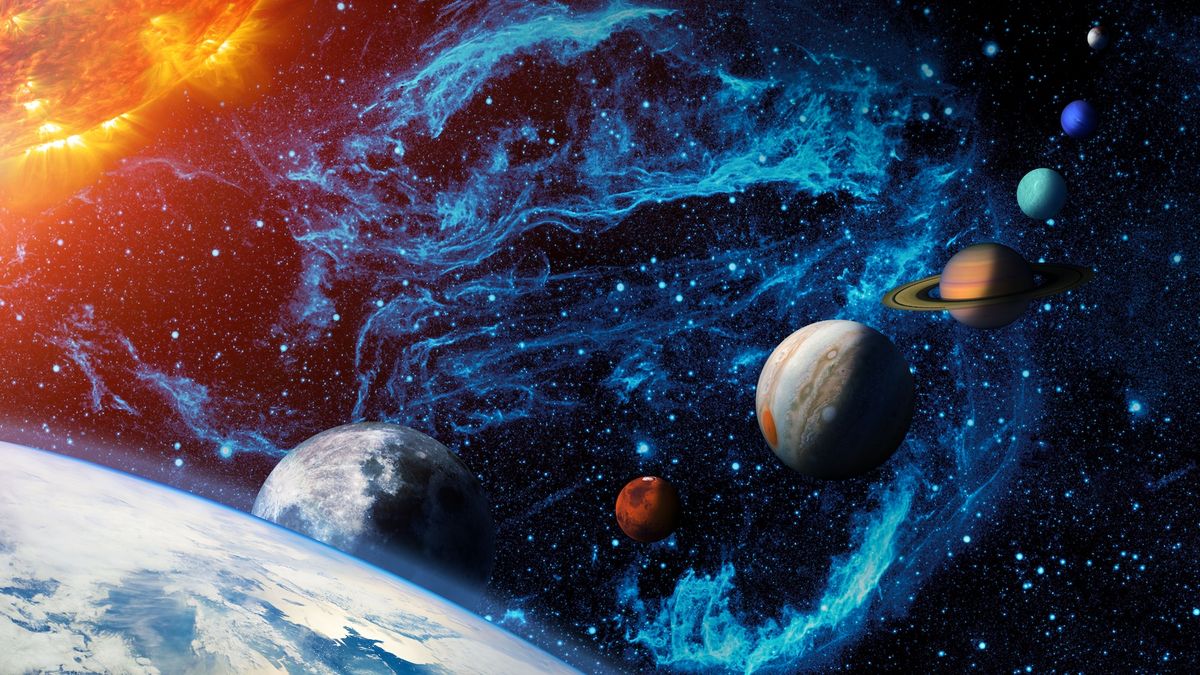There are eight planets in the solar system, and each travels on its own path around the sun. But of these planets, which is nearest to the sun?
Mercury is the closest planet to the sun, followed by Venus, Earth, Mars, Jupiter, Saturn, Uranus and Neptune. Mercury orbits at only 0.387 astronomical units (AU), or about 36 million miles (58 million kilometers), from our star, on average. For comparison, Earth is 1 AU from the sun, and Neptune is a whopping 30 AU from our star.
Mercury is a strange little world. There are some craters on its surface that never see sunlight. It also has the most extreme temperatures of any planet in the solar system. Temperatures there can range from minus 300 degrees Fahrenheit (minus 184 degrees Celsius) — almost twice as cold as the most frigid place in the Arctic — to over 800 F (427 C), which is hotter than a pizza oven.
“One might think Mercury is very hot all the time because it’s so close to the sun,” Maria Vincent, an astronomer at the University of Hawaii, told Live Science. “But it’s not — instead, the side of Mercury facing the sun is ultrahot, and the night side is freezing cold.”
“This is because Mercury has no atmosphere to regulate the temperature,” Vincent said. “Its gravitational force is just too little to hold on to a blanket of air around it, and even if an atmosphere did form, intense radiation from the close by sun and subsequent solar wind would have stripped it all away.”
Interestingly, despite being farther from the sun, Venus is actually hotter than Mercury. This is because Venus does have an incredibly thick blanket of air, which traps so much heat around the planet that its surface can reach 900 F (482 C).
On Mercury, the hot days are also incredibly long. Because Mercury rotates so slowly — once every 58 Earth days — in some places, the sun can appear overhead for weeks at a time. A year on Mercury is only 1.5 Mercurian days, or 88 Earth days. These extreme temperatures, among other factors, make life as we know it impossible on Mercury. “The extreme weather conditions do not allow for the planet to have liquid water, which is the basis of habitability as we know it,” Vincent said.
Very few missions have made it to Mercury, which is a surprisingly tricky target to reach. However, the BepiColombo mission — a collaboration between the European Space Agency and the Japan Aerospace Exploration Agency — is set to orbit Mercury in the next few years, and should give us a closer look at the least-explored planet in the inner solar system. We still have so much to learn about this weird, rocky world and what it’s like so close to a bright star.
